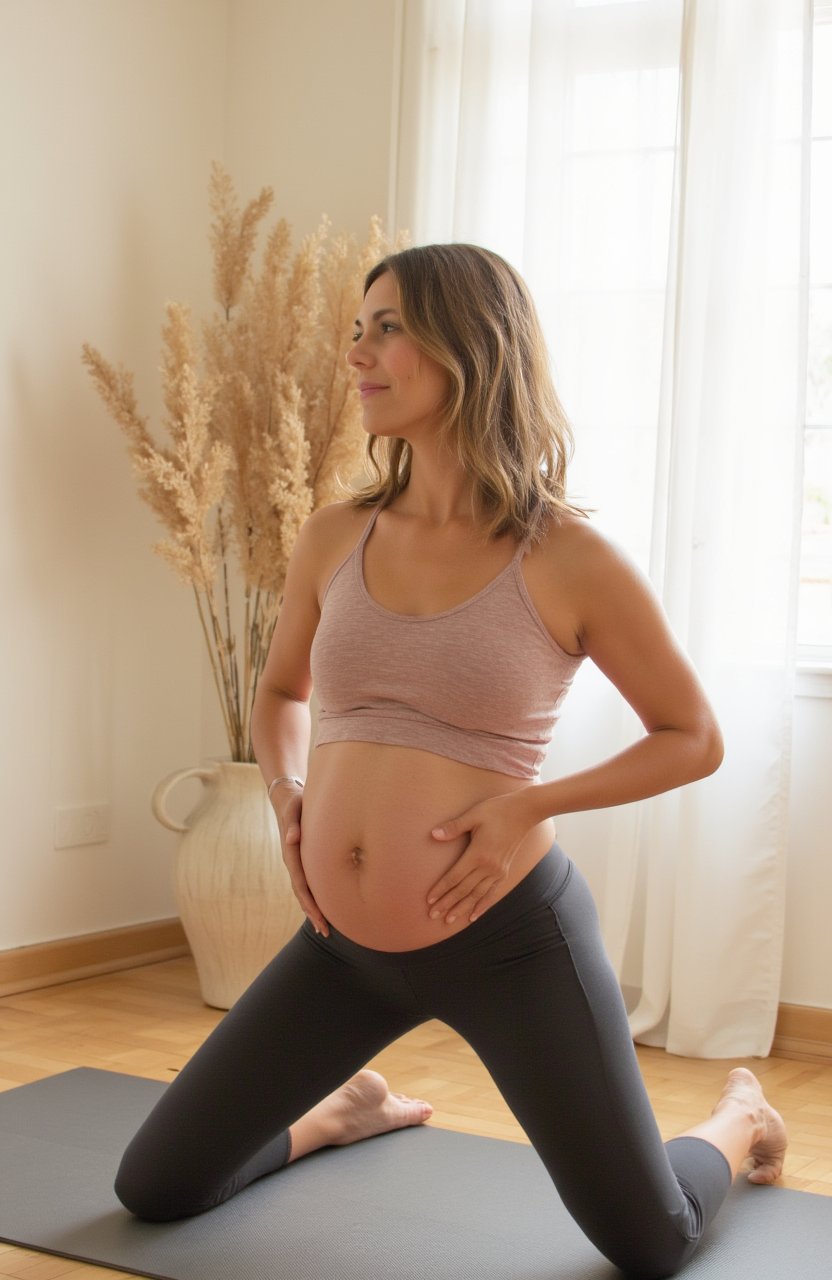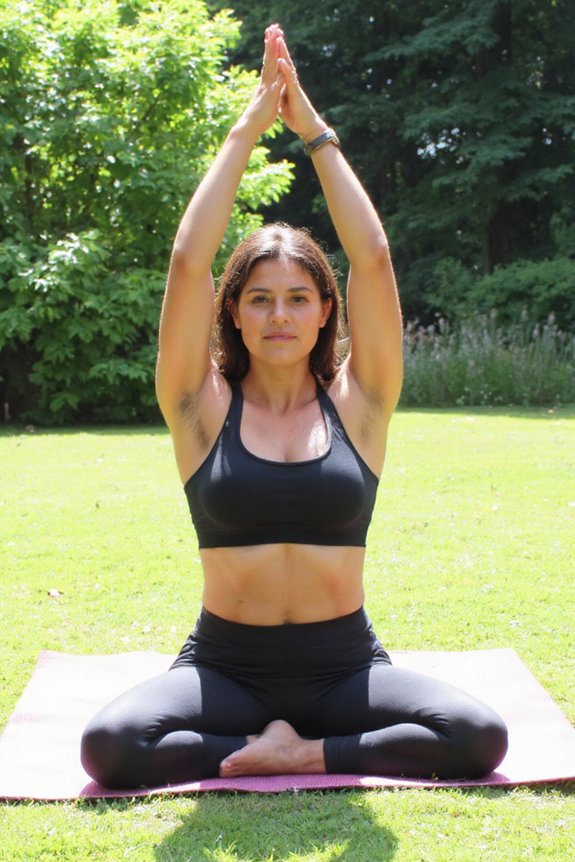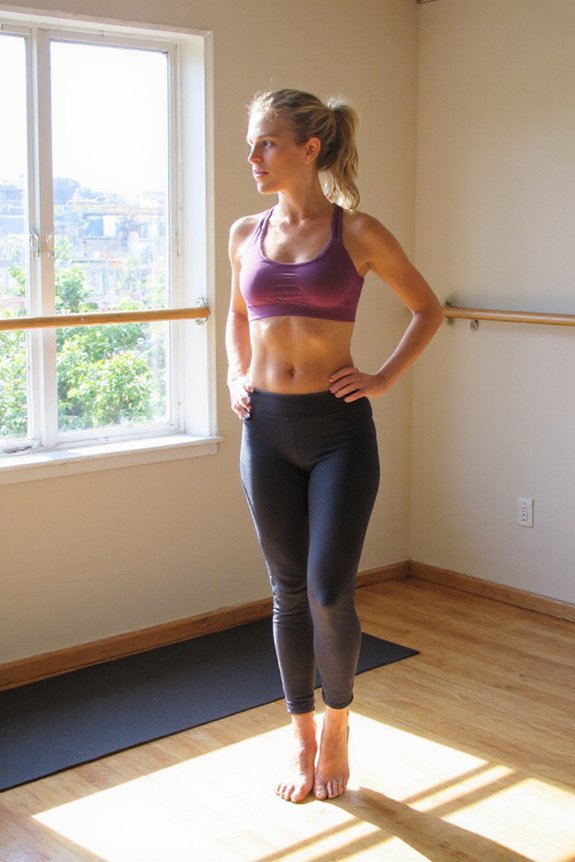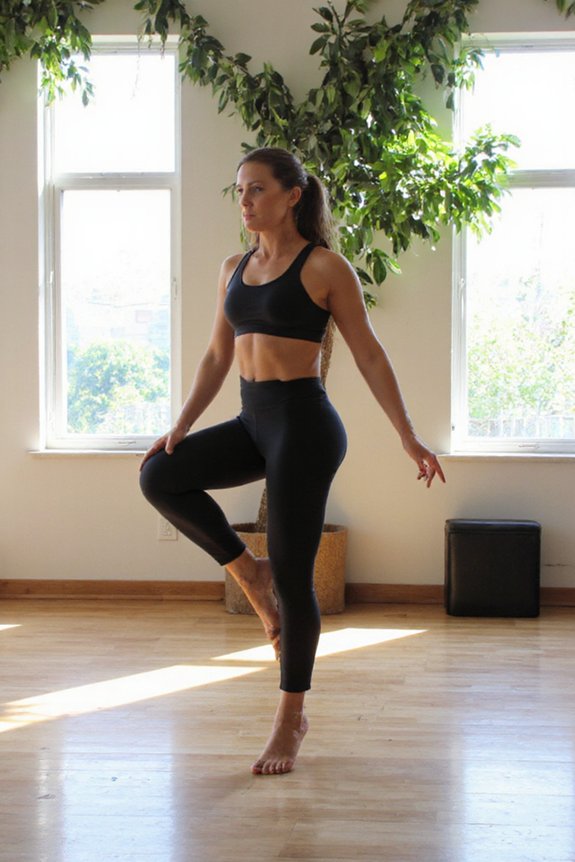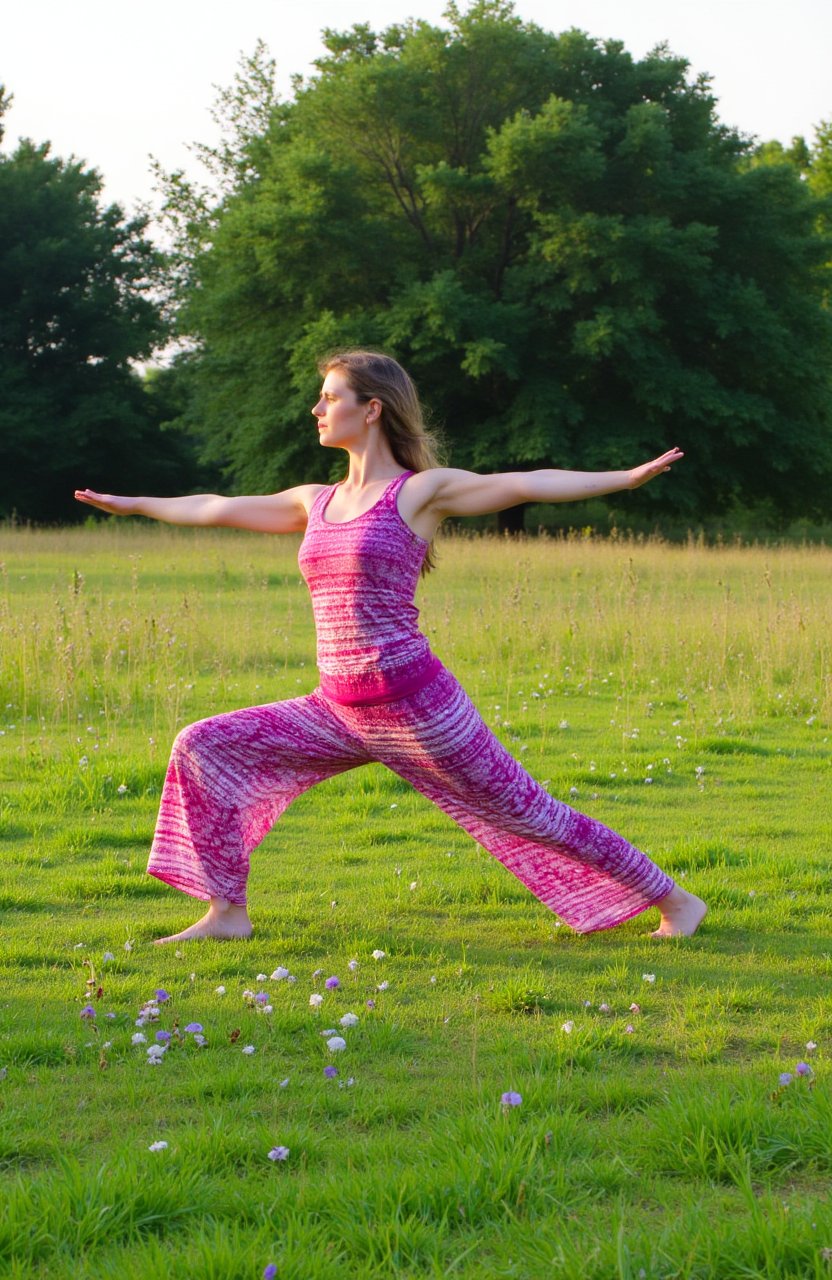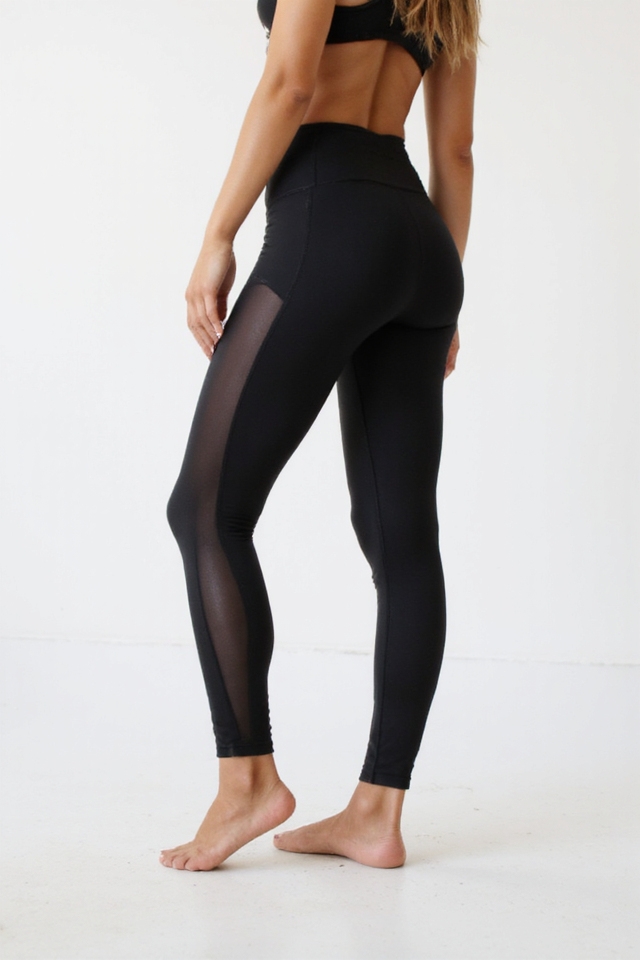When you’re expecting, staying active is vital for both your health and your baby’s well-being, and that’s where prenatal Pilates comes in. This gentle yet effective exercise method focuses on strengthening your core, supporting your changing posture, and bolstering your pelvic floor. By engaging in prenatal Pilates, you may find relief from common pregnancy discomforts while also reducing the risk of postpartum issues like pelvic floor dysfunction and diastasis recti. [Consulting a doctor before starting any exercise routine is essential to ensure you’re focusing on exercises that are safe and comfortable throughout pregnancy.]
During your first trimester, it’s all about establishing a solid foundation. Focus on pelvic tilts to activate your core while strengthening your lower back and pelvis. Side leg lifts can be a great addition, helping to stabilize your hips and thighs. If you’re looking for more support, consider TRX-supported squats and standing rows. These exercises build lower-body strength and improve your posture. Communicating your pregnancy status to your Pilates instructor is essential for ensuring safe and effective modifications.
Remember, it’s important to focus on controlled breathing and alignment as you move.
As you shift into your second trimester, your body continues to change, and so should your routine. The cat-cow stretch is a fantastic way to improve spinal flexibility and relieve tension. Seated arm circles maintain upper-body mobility and ease shoulder stress, while TRX-supported lunges build leg strength and support balance. Focusing on exercises that accommodate the growing belly and baby is crucial during this stage.
With your center of gravity shifting, TRX side reaches can activate your obliques effectively. Don’t hesitate to modify any exercise to guarantee your comfort and safety.
In your third trimester, the focus shifts to gentle conditioning and preparation for labor. Seated pelvic floor activation, or Kegels, becomes vital as it strengthens your pelvic floor, preparing you for delivery. The butterfly stretch is perfect for relieving hip pressure, and TRX side-lying leg lifts help improve leg strength while supporting stable movement.
Remember to include TRX chest and shoulder stretches to relieve tightness and promote relaxation as you near the finish line.
It’s important to follow safety guidelines during your prenatal Pilates journey. Avoid overheating, excessive abdominal work, and any exercises that cause strain. Consulting a qualified fitness professional can provide personalized modifications to suit your individual needs.
With these exercises, you’re not just staying active; you’re nurturing your body and preparing for the beautiful journey ahead. Embrace this time, and enjoy how prenatal Pilates can empower you through your pregnancy.
